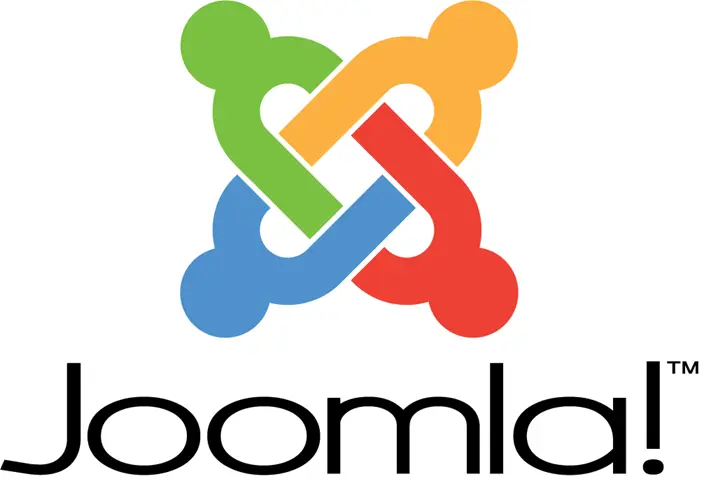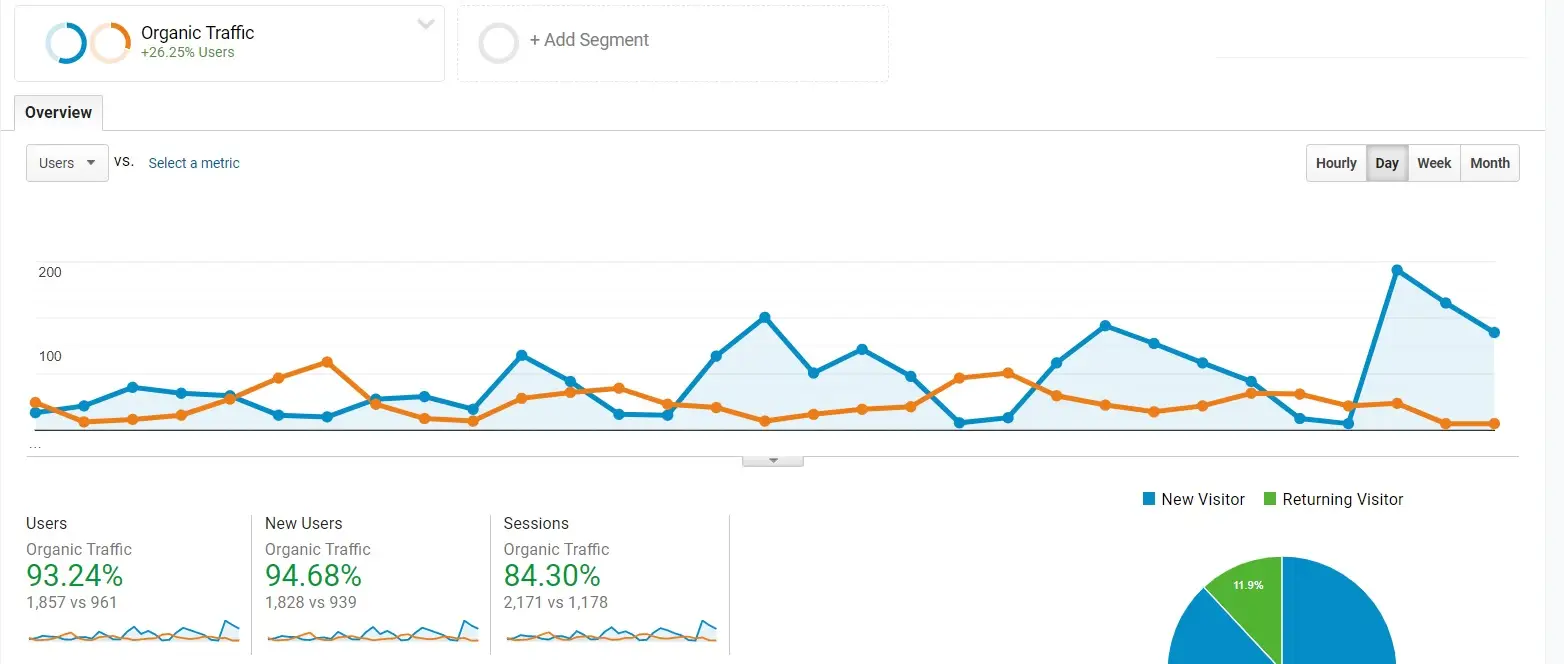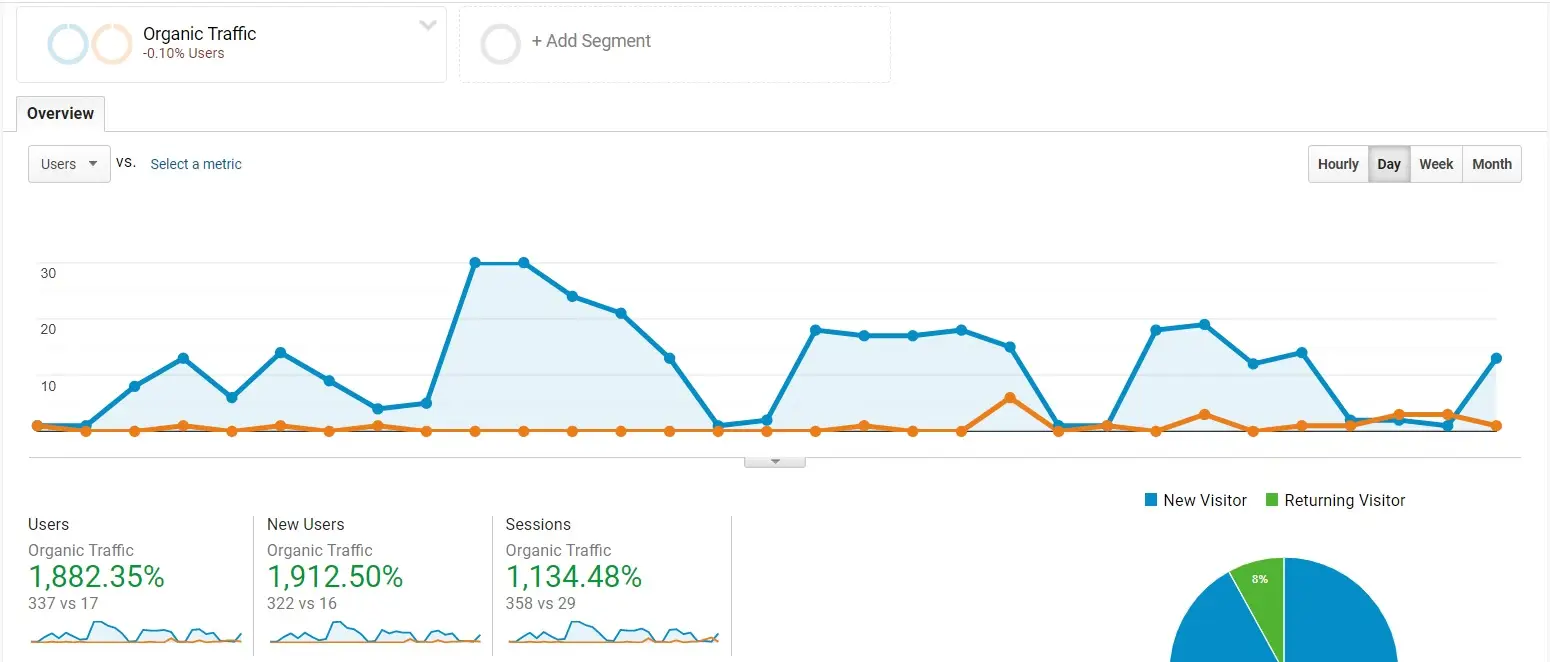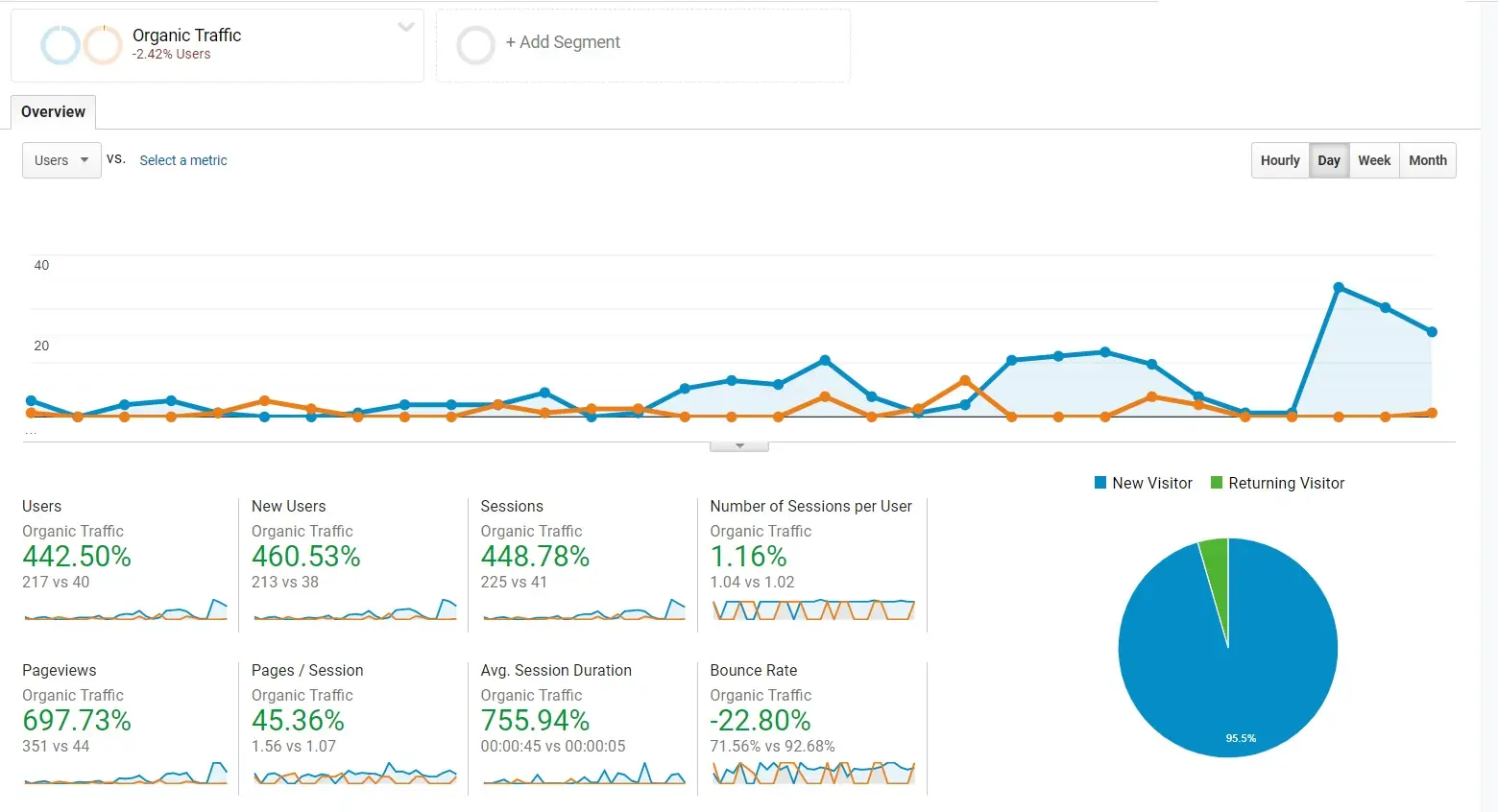Unlock your SEO Potential: From Austria to Global domination
SEO serves as a pivotal catalyst for businesses seeking to broaden their reach, especially within Austria’s dynamic market. Our meticulously crafted SEO strategies, effectively target consumers who are actively searching for keywords related to your business.
SEO Web Up will not only reinforce your brand’s authority but also nurture a meaningful connection with the target community. A well-executed SEO strategy has the potential to transform your website into a formidable instrument for driving targeted traffic, enhancing your credibility, and ultimately fostering sustainable growth.
Embrace the opportunity to unlock your business’s full potential by strategically targeting most sought-after locales, where the efficacy of location-based SEO is unmatched. Or optimize your online presence and engage targeted audiences worldwide with our international SEO expertise!
Industry Spotlight (Austria): Digital Triumphs and Secrets of Online Success
1. Tourism
Austria is famous for its stunning landscapes, rich cultural heritage, and vibrant cities. The tourism sector utilizes creative online marketing strategies to attract visitors from around the globe. Imagine scrolling through breathtaking images of the Alps, historic castles, and charming villages. Engaging videos offer virtual tours of popular destinations like Vienna and Salzburg, while social media campaigns share traveler experiences and local events. Collaborations with travel influencers help promote Austria’s unique offerings, ensuring it remains a top destination for tourists.
2. Manufacturing
Austria boasts a strong manufacturing sector, particularly in machinery, automotive parts, and high-tech products. Companies leverage online marketing to highlight their innovations and quality. Picture dynamic content showcasing cutting-edge technologies and manufacturing processes. Engaging case studies illustrate successful projects, while targeted ads promote industry exhibitions and networking opportunities, attracting potential clients and collaborators both locally and internationally.
3. Energy
Austria is committed to sustainability and renewable energy, with a focus on hydropower, wind, and solar energy. Companies in this sector utilize online marketing to showcase their initiatives and achievements. Imagine informative videos detailing renewable energy projects and their environmental impact. Engaging infographics illustrate the country’s energy consumption and sustainability goals, while social media campaigns highlight community involvement in green initiatives, attracting environmentally conscious consumers and investors.
4. Information Technology
The IT sector in Austria is growing rapidly, with a focus on software development, cybersecurity, and digital solutions. Firms leverage online marketing to showcase their innovations and expertise. Imagine informative webinars discussing emerging technologies and engaging blog posts exploring industry trends. Social media campaigns celebrate local tech events and highlight successful startups, fostering a sense of community among tech enthusiasts and attracting potential clients.
5. Agriculture and Food Production
Austria is known for its high-quality agricultural products, including wine, dairy, and organic foods. The agricultural sector utilizes online marketing to promote local products and sustainable farming practices. Picture colorful social media posts showcasing farms, vineyards, and traditional Austrian dishes. Engaging content tells the stories of local farmers and their dedication to quality, while targeted ads promote farmers’ markets and culinary festivals, connecting consumers with the source of their food.
6. Healthcare and Pharmaceuticals
The healthcare and pharmaceutical sectors in Austria are renowned for their quality and innovation. Companies leverage online marketing to raise awareness about their services and products. Imagine informative videos showcasing new medical technologies and patient success stories. Engaging social media campaigns share health tips and wellness initiatives, while targeted ads promote pharmaceutical products and healthcare services, fostering trust and engagement among the public.
7. Financial Services
Austria has a robust financial services sector, including banking, insurance, and investment firms. These companies utilize online marketing to build trust and attract clients. Picture engaging webinars discussing investment strategies and financial literacy, complemented by informative articles on market trends. Social media campaigns share client success stories and financial tips, while targeted ads promote various financial products and services, reaching a broad audience.
8. Creative Industries
Austria has a rich cultural scene encompassing music, art, and design. The creative industries leverage online marketing to promote their work and engage with audiences. Imagine visually stunning content that showcases local artists, musicians, and cultural events. Engaging social media posts invite participation in festivals and exhibitions, while targeted ads promote performances and art shows, fostering a vibrant cultural community.
9. Logistics and Transportation
With its central location in Europe, Austria plays a key role in logistics and transportation. Companies in this sector utilize online marketing to highlight their capabilities and efficiency. Picture dynamic content illustrating the logistics process and showcasing infrastructure. Engaging infographics detail the benefits of choosing Austria for logistics, while social media campaigns share updates on industry news and events, attracting businesses seeking reliable transportation solutions.
10. Education
Austria places a strong emphasis on quality education, with numerous institutions focused on research and innovation. Educational organizations utilize online marketing to attract students and promote their programs. Imagine engaging video tours of campuses, showcasing academic offerings and student life. Social media campaigns highlight scholarship opportunities and innovative research projects, creating a sense of community among students and educators. Targeted ads ensure educational offerings reach prospective students both locally and internationally.
Online Marketing Mavericks: Inspiring Campaigns by Renowned Companies
1. Austrian National Tourist Office
Discover the breathtaking beauty of Austria with the Austrian National Tourist Office! Their online marketing strategy highlights the country’s stunning landscapes, rich history, and vibrant culture. Through captivating visuals and engaging storytelling on social media, they invite travelers to explore everything from the majestic Alps to the charming streets of Vienna. Each post inspires wanderlust and encourages visitors to immerse themselves in Austria’s unique experiences.
2. Salzburg Festival
Experience the magic of music at the Salzburg Festival, one of the world’s most prestigious cultural events! Their online marketing strategy emphasizes the rich lineup of operas, concerts, and theatrical performances. Engaging content on social media features artist interviews, performance highlights, and behind-the-scenes glimpses. Each post builds anticipation, inviting audiences to celebrate the arts and enjoy unforgettable performances in the beautiful city of Salzburg.
3. Vienna State Opera
Step into the world of elegance with the Vienna State Opera! Their online marketing strategy showcases the grandeur of their performances, emphasizing both classic and contemporary productions. Engaging social media content features stunning visuals, rehearsal snippets, and ticket promotions. Each post invites opera lovers and newcomers alike to experience the magic of live performances in one of the most iconic opera houses in the world.
4. Tyrol Tourism
Explore the stunning landscapes of Tyrol, known for its breathtaking mountains and outdoor adventures! Their online marketing strategy focuses on promoting hiking, skiing, and wellness activities. Engaging content on social media showcases stunning photography, travel tips, and seasonal events. Each post invites adventure seekers and nature lovers to discover the beauty of Tyrol, making it a premier destination for outdoor enthusiasts.
5. Austrian Airlines
Fly with ease across Europe and beyond with Austrian Airlines! Their online marketing strategy emphasizes comfort, service, and the beauty of Austrian destinations. Engaging social media posts feature stunning visuals of destinations, travel tips, and promotional offers. Each post showcases the airline’s commitment to providing a memorable travel experience, enticing travelers to explore the rich culture and stunning landscapes of Austria.
6. Wachau Valley
Experience the enchanting Wachau Valley, famous for its picturesque vineyards and charming villages! Their online marketing strategy highlights the region’s culinary delights, wine tours, and scenic beauty. Engaging social media content features stunning imagery, visitor testimonials, and tips for exploring the valley. Each post invites food and wine lovers to indulge in the rich flavors of Wachau, creating excitement around this beautiful destination.
7. Ötztal Valley
Discover the stunning Ötztal Valley, where nature and adventure await! Their online marketing strategy emphasizes outdoor activities like hiking, skiing, and mountain biking. Engaging content on social media showcases breathtaking landscapes, visitor experiences, and tips for exploring the area. Each post invites adventure seekers to immerse themselves in the natural beauty and thrilling activities that the Ötztal Valley has to offer.
8. Austrian Food Brands
Savor the flavors of Austria with local food brands like Zotter Chocolate and Staud’s! Their online marketing strategies highlight their unique products and traditional recipes. Engaging social media content features delicious imagery, behind-the-scenes looks at production, and recipe ideas. Each post fosters a connection with food enthusiasts, inviting them to discover the rich culinary heritage of Austria.
9. Belvedere Palace
Step into history at Belvedere Palace, home to an impressive collection of Austrian art! Their online marketing strategy showcases the palace’s stunning architecture and renowned exhibitions. Engaging social media posts feature beautiful photography, visitor tips, and information about upcoming events. Each post invites art lovers and history enthusiasts to explore this cultural treasure, highlighting its significance in Austria’s artistic landscape.
10. Hallstatt
Explore the enchanting village of Hallstatt, a UNESCO World Heritage site known for its breathtaking scenery! Their online marketing strategy focuses on promoting the village’s unique charm, outdoor activities, and historical significance. Engaging social media content features stunning visuals, visitor experiences, and travel tips. Each post invites travelers to discover the beauty and history of Hallstatt, making it a must-visit destination for anyone exploring Austria.
11. Innsbruck Tourism
Discover the vibrant city of Innsbruck, nestled in the heart of the Alps! Their online marketing strategy highlights the city’s blend of history, culture, and outdoor activities. Engaging social media posts feature stunning photography, event highlights, and tips for exploring the area. Each post invites visitors to experience the unique charm of Innsbruck, from its historic architecture to its thrilling ski slopes.
The SEO Map of Austria: Key Locations for Marketing Success
Vienna: The heart of Austria’s business landscape, Vienna is a vibrant blend of rich cultural heritage and high quality of life. As the political and cultural capital, it attracts numerous multinational companies and organizations, making it a central hub for finance, technology, and tourism. The city features highly developed infrastructure, including an extensive public transport system, facilitating easy navigation. Its diverse economy thrives on a strong startup ecosystem, supported by incubators and innovation hubs that foster entrepreneurship and technological advancements. Vienna’s lively arts scene and green spaces further enhance its appeal to professionals and expats.
Graz: Austria’s second-largest city, Graz is celebrated for its unique mix of industry and academia. Home to several universities, including Graz University of Technology, it cultivates a skilled workforce and promotes research and innovation. Graz boasts a thriving economy with strong sectors in engineering, automotive, and manufacturing. The burgeoning tech scene attracts startups and young entrepreneurs, while rich cultural offerings—museums, theaters, and festivals—create a vibrant lifestyle that draws talent and businesses alike.
Linz: Often referred to as the “city of the future,” Linz has successfully transitioned from heavy industry to focus on high-tech industries and digital innovation. It is a center for information technology, media, and creative industries, housing several research institutions and tech companies that foster collaboration and knowledge transfer. Events like the Ars Electronica Festival showcase the city’s commitment to creativity and technology, enhancing its reputation as a modern urban destination. Additionally, Linz’s picturesque location along the Danube River provides a stunning backdrop that adds to its appeal for residents and businesses.
Salzburg: Renowned for its stunning landscapes and rich musical heritage, Salzburg also has a diverse economy that extends beyond tourism. While tourism plays a significant role, the city is known for its vibrant trade and services sectors. International festivals, such as the Salzburg Festival, not only attract visitors but also generate substantial economic activity. Its strategic location near the borders of Germany and Italy facilitates trade and access to broader markets, creating a blend of cultural vibrancy and economic opportunity that makes Salzburg a desirable location for businesses and professionals.
Innsbruck: Nestled in the heart of the Alps, Innsbruck is famous for its tourism and winter sports but also has a growing business environment. The city serves as a key hub for sports-related businesses, hospitality, and outdoor recreation industries. With various educational institutions focusing on tourism management and sports science, Innsbruck cultivates a skilled workforce. The city’s infrastructure supports both local and international businesses, while its breathtaking natural surroundings attract tourists year-round, making it a compelling location for investment.
Klagenfurt: The capital of Carinthia, Klagenfurt is strategically located near the borders of Slovenia and Italy, providing businesses access to international markets. The city boasts a diverse economy, with strengths in information technology, tourism, and manufacturing. The University of Klagenfurt enhances the local economy by fostering research and innovation, particularly in IT and business studies. With beautiful lakes and mountains, Klagenfurt not only attracts tourists but also offers a high quality of life for residents, making it an appealing place for professionals and families.
Bregenz: Situated on the shores of Lake Constance, Bregenz is known for its vibrant cultural scene and trade activities. The city hosts various cultural festivals, including the Bregenz Festival, which showcases world-class performances. Bregenz’s economy thrives on tourism, construction, and manufacturing, with numerous companies operating in the region. Its excellent transport links, including access to rail and road networks, make it an accessible hub for business activities and tourism.
Wels: Located in Upper Austria, Wels has a robust industrial sector, particularly in textiles and machinery. Known for hosting numerous trade fairs and exhibitions, it provides a platform for businesses to showcase their products and network. Wels’s strategic location along major transport routes facilitates access to markets throughout Austria and beyond, positioning it as an important center for trade and logistics. The city’s economy is bolstered by a mix of small and medium-sized enterprises, as well as larger corporations, creating a diverse business environment.
St. Pölten: The capital of Lower Austria, St. Pölten is an emerging business center with a strong focus on technology and innovation. Recent development has attracted investments and fostered a supportive environment for startups. The city is home to various tech companies and research institutions that promote collaboration between academia and industry. Its proximity to Vienna enhances its appeal, allowing businesses to leverage resources from the capital while enjoying a more relaxed atmosphere. St. Pölten’s commitment to infrastructure development and business support services positions it as a favorable location for companies.
Villach: Known for its industrial base and proximity to several international borders, Villach is a significant economic center in Carinthia. The city has a diverse economy with a focus on electronics, manufacturing, and services, particularly in semiconductors and microelectronics. Villach attracts substantial investment and talent in these sectors. Its beautiful alpine surroundings promote tourism and outdoor activities, enriching its overall economic profile. The city’s infrastructure supports both local businesses and international companies, enhancing its role as a key player in Austria’s economic landscape.



